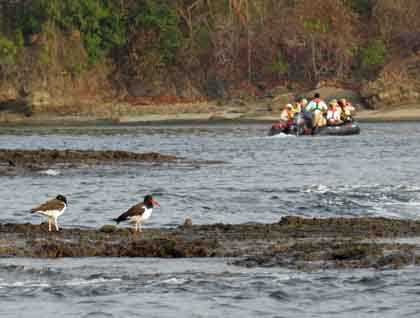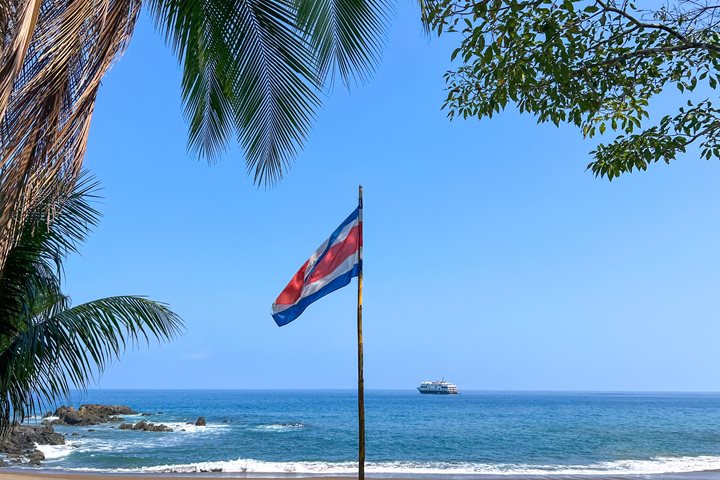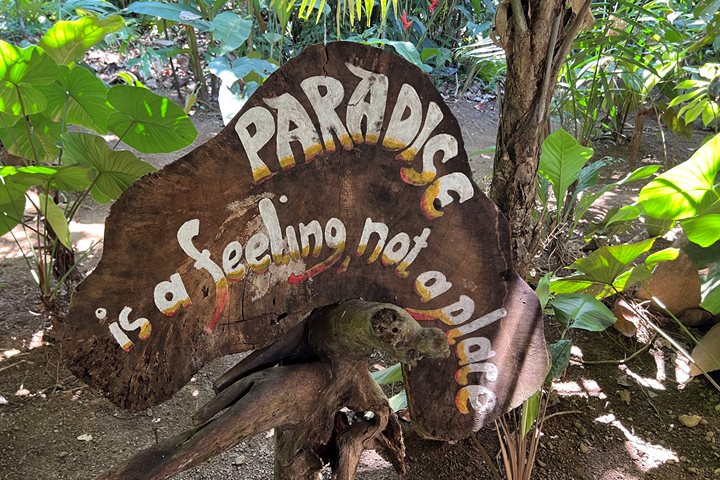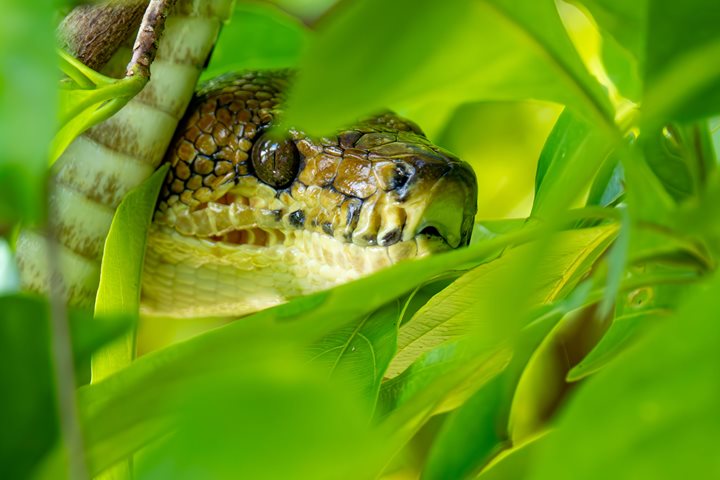It has been approximately 3 weeks since northern and north-eastern trade winds increased their speed on southern Central America. Wind gusts of around 80 kilometers per hour or 50 miles per hour have been crossing the continental divide of Panama and Costa Rica with lots of moisture accumulated during their trajectory. The moisture eventually would condense in our high lands replenishing our water sources located on our mountains and volcanoes. As these air flows descend into the leeward of the continental divide, they will reduce its speed but still reaching 20-40 knots down here on the Pacific side.
This morning we found a perfect anchorage on Pearl Islands on the lee of Bayoneta and Vivienda Islands. Vasco Nunez de Balboa named this archipelago Pearl Islands on his discovery in 1513 due to the abundance of pearls which were found there. This southern section protected us from northern winds in order to explore with our expedition landing crafts the wonderful bird life of this marine environment. Large aggregations of brown pelicans, magnificent frigatebirds, Neotropic cormorants, together with other individuals such as great egrets, bare-throated tiger herons and American oystercatchers.
After our exploration, the receding tide opened a small delightful beach at Vivienda Island. This time we had the rest of the morning to have a swimming opportunity, or even to discover with our kayaks and paddle boards the surrounding areas where hundreds of birds found their home.
During the afternoon our active guests brought their cameras to meet with our photo instructors and learn the secrets of photography in a more personalized layout. The lesson was clear: “the best camera you have is your own”. Definitely tomorrow once we reach the Gulf of Chiriqui we will be ready for improving our photographic skills.







